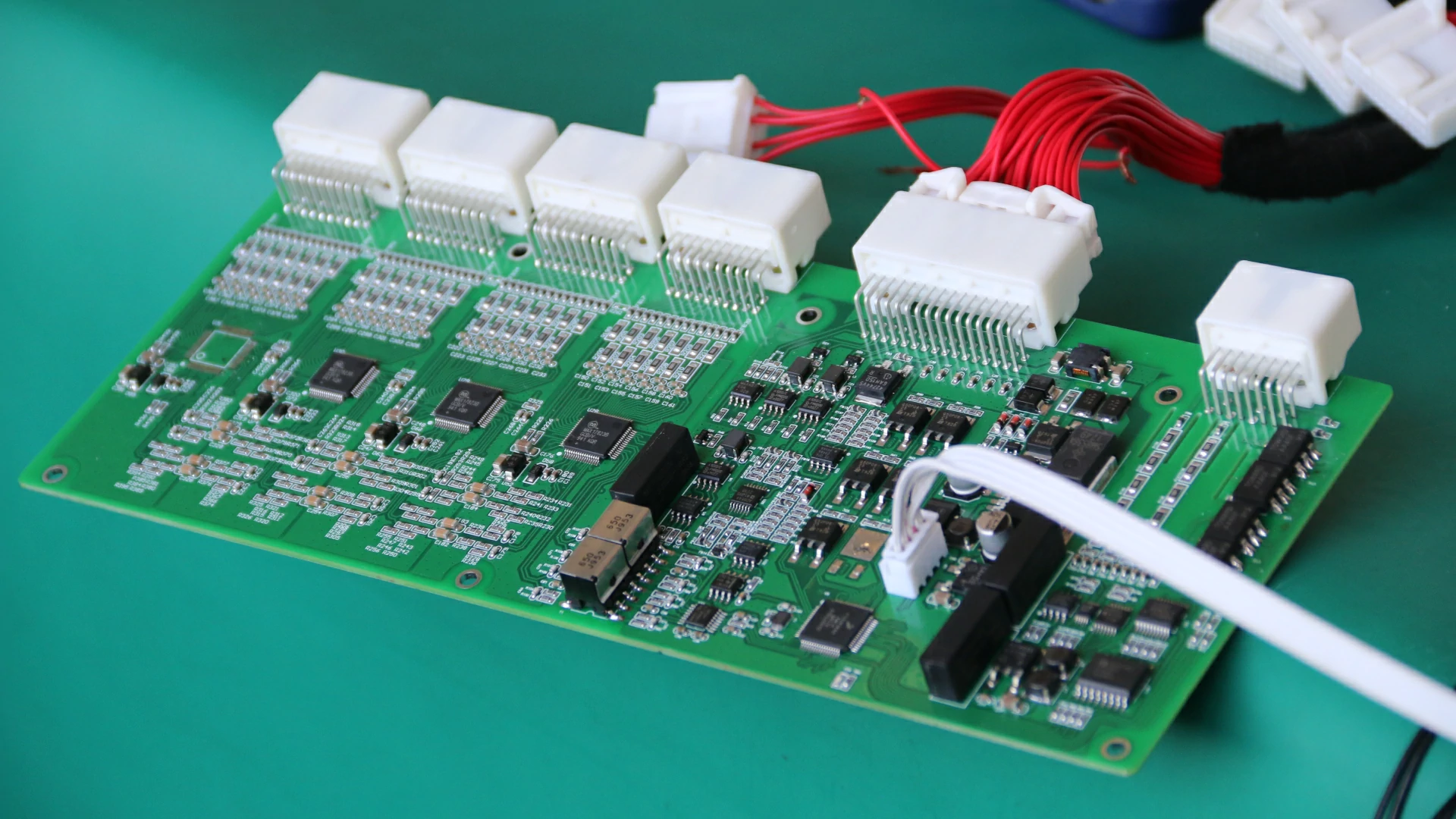The composition of BMS CSU CSU (Cell Supervision Unit) :...
Operating temperature range of the battery pack
Battery packs play a crucial role in various applications, but their performance and safety are significantly affected by temperature. Different battery chemistrys have different operating temperature ranges, and exceeding this range may lead to degraded battery performance, shortened service life, and even safety incidents. Therefore, understanding the operating temperature range of the battery pack and its management is essential to ensure the efficient and safe use of the battery.
definition
The operating temperature range refers to the temperature range that a battery pack can withstand during normal operation, which usually contains two aspects: high temperature limit and low temperature limit. Both high and low temperatures may negatively affect the performance of the battery. Therefore, different types of batteries have specific recommended operating temperature ranges (typically -20°C to 60°C or more), and users should operate according to the manufacturer's recommendations.
Battery type and operating temperature range
Different types of batteries have significant differences in the operating temperature range:
Li-ion batteries: The operating temperature range of Li-ion batteries is generally -20°C to 60°C. In low temperature environment, the internal impedance of the lithium-ion battery increases and the discharge capacity decreases, while high temperature may cause the electrolyte decomposition and thermal runaway of the battery.
Lead acid batteries: Typically, the operating temperature range of lead acid batteries is 0°C to 40°C. When the temperature is too low, the capacity of the battery will be reduced, while too high temperature will accelerate the chemical reaction of the battery and shorten its service life.
Nickel metal Hydride (NiMH) batteries: NIMH batteries operate in a temperature range of -20°C to 60°C, similar to lithium-ion batteries, but are less tolerant to temperature extremes.
Solid-state batteries: Solid-state batteries, as an emerging technology, show good performance over a wider temperature range, but their specific operating temperature range is still under research and development.
Influence of temperature on battery performance
Low temperature effect
Increased internal resistance: The internal resistance of the battery rises at low temperature, resulting in poor energy transmission and a decrease in battery capacity.
Chemical reaction slowed down: the battery chemical reaction rate slowed down, the discharge rate reduced, affecting the normal operation of the device.
Impact of high temperature
Decreased chemical stability: high temperature will accelerate the evaporation of the electrolyte and chemical reactions, accelerate the aging of the battery.
Thermal runaway risk: Under extreme high temperature conditions, some types of batteries may experience thermal runaway, resulting in fire or explosion.
Temperature management and monitoring
To ensure that the battery pack operates within a safe and effective temperature range, the following temperature management strategies are recommended:
Environmental control: In the environment where the battery pack is used, try to maintain room temperature and avoid high or low temperature locations. If necessary, can be equipped with air conditioning or heating device to adjust the temperature.
Monitoring system: The temperature sensor and battery management system (BMS) are used to monitor the temperature status of the battery in real time to ensure that abnormal conditions are found in time and corresponding measures are taken.
Cooling and heating systems: For high-power applications or battery packs operating in extreme environments, consider using active cooling or heating systems to keep the battery in the recommended operating temperature range.
Reasonable arrangement of charge and discharge: Try to avoid charging and discharging operation when the temperature of the battery pack is too high or too low to ensure that the battery runs at the appropriate temperature.
Conclusion
The operating temperature range of a battery pack is an important factor affecting its performance and safety. Understanding and managing this range can not only improve the efficiency of the battery, but also extend its service life and reduce safety risks. With the development of battery technology, the related temperature management technology is also progressing, and the future will gradually realize a more intelligent temperature control scheme to provide a guarantee for the safe and stable operation of the battery.

Home energy storage product series
A lithium battery pack for home energy storage systems, which is compatible with solar panels and the sun The inverter can work together with the power grid to power household appliances, and it can also be used as a For off grid systems.
Extended reading
Introduction of battery pack components
Introduction of battery pack components A battery pack consists of...
THE ESSC Brand promise
Global supply
Our products sell well all over the world, covering many countries and regions, through the global logistics network, to provide customers with convenient purchasing experience.
Rigorous quality
We adhere to the highest quality control standards to ensure every product meets industry regulations and customer expectations, earning trust through consistent excellence.
Excellent service
With a customer-centric approach, we provide prompt responses, professional support, and personalized services, aiming to deliver the best user experience and long-term value.


